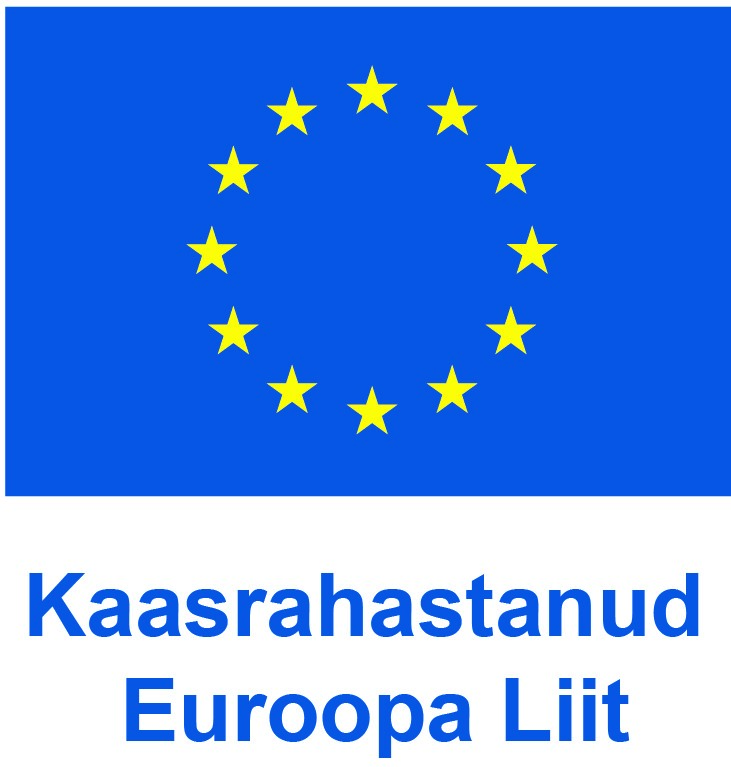Largest and most comprehensive relationship survey to date reveals: it is in intimate partnerships that people in Estonia experience the most violence
The first-ever relationship survey*, conducted by Statistics Estonia, points to several areas of concern in Estonian people's intimate relationships. Among other things, the results of the survey revealed that both women and men suffer physical, psychological, and sexual violence most often in couple relationships.
Jana Bruns, project manager at Statistics Estonia, said that the large-scale relationship survey titled “Safe relationships within family, at work and outside work” collected information on both psychological and physical harassment, stalking, as well as hidden violence at home, at work, at school, and elsewhere.
“To better understand relationship patterns, people’s experiences of abuse involving current and previous partners, as well as in childhood, were examined,” said Bruns. Although the survey analysed both men's and women's relationships, it is not possible to compare them because the mechanisms of experiencing violence differ between the sexes.
The results of the survey indicate that as many as 41% of women have experienced intimate partner violence during their lifetime. 39% of women have suffered psychological violence, 13% physical violence (including threats), and 9% sexual violence. Young women aged 18–29 are the most likely to have experienced violence, while older women (aged 65–74) are the least likely.
“To a large extent, this is probably rooted in how different generations perceive violent behaviour. What was considered normal 50 or 60 years ago is now classified as violence in people's minds,” Bruns concluded. She added that women with basic education or less (48%) and women with certain limitations in everyday activities for health reasons (50%) are more likely than average to suffer intimate partner violence. “Whether a woman lives in an urban or rural area does not significantly affect the incidence of violence,” noted Bruns.
33% of women have experienced sexual harassment at work. “There is a clear trend here – the younger the respondents, the more likely they are to have experienced sexual harassment,” explained the Statistics Estonia project manager. Among the 18–29 age group, 52% of women have experienced sexual harassment at work, compared with 16% of women aged 65–74.
Women are most likely to feel sexually harassed by their male colleagues and male clients – 11% and 10%, respectively. 5% of respondents perceive this form of harassment from their male bosses or supervisors. “Women also experience sexual harassment from women, but rarely – 2% from female colleagues, less than 1% from superiors and clients,” Bruns stated.
Among men, 33% of respondents have experienced intimate partner violence during their lifetime. 32% of men have suffered psychological, 8% physical, and 1% sexual violence in an intimate partnership. Younger men aged 18–29 are the most likely to have experienced violence (39%), while older men aged 65–74 are the least likely (24%). “In the case of men, the limitations of daily activities, level of education, and place of residence do not significantly affect whether or not they have experienced intimate partner violence,” added Bruns. According to the project manager, it can also be assumed that men of the younger generation define violence somewhat differently from their elders.
17% of men have experienced sexual harassment at work during their lifetime. Sexual harassment by male colleagues has been experienced by 4% of respondents. 6% of respondents have experienced it from a male person they do not wish to or cannot specify. Harassment by male bosses and clients is rarely experienced by men – 1% for both. 3% of men have experienced harassment from a female colleague and 5% from a female person they did not wish to specify. “1% of respondents have perceived harassment from female bosses or supervisors and 2% from female clients," said Bruns.
The survey also collected data on non-partner violence, physical or sexual domestic violence (i.e. any violence that occurs within the home, excl. violence done by an intimate partner), and on the use and awareness of support services.
More detailed data have been published in the statistical database.
* The relationship survey reveals how Estonia's inhabitants rate the quality of their relationships at home, at work, and elsewhere. The knowledge generated by the survey allows an assessment of the quality and safety of human relationships, and the state can use this information to help people in the best possible way. The survey also shows how far the Estonian society is in the development of human rights and social policy and how we compare with other countries. The survey is conducted in all EU countries on the basis of a reliable and comparable methodology.
The main representatives of public interest for the relationship survey are the Ministry of Justice and the Ministry of Social Affairs.
WHERE TO FIND HELP?
- If you sense danger, or if your life or the lives of your children are endangered, immediately call the police on 112.
- If you need advice and support, call the 24-hour Victim Support Helpline on 116 006.
- If it is not possible to make a call or if you do not wish to discuss your concerns over the phone, please visit the victim support website at https://www.palunabi.ee/en.
For further information:
Helen Maria Raadik
Media Relations Manager
Marketing and Dissemination Department
Statistics Estonia
Tel +372 625 9181
press [at] stat.ee (press[at]stat[dot]ee)
Additional contacts for media enquiries:
Ministry of Justice
Andri Küüts+372 5597 0613
andri.kyyts [at] just.ee (andri[dot]kyyts[at]just[dot]ee)
Social Insurance Board
Kristina Kukk
+372 5384 9824
kristina.kukk [at] sotsiaalkindlustusamet.ee (kristina[dot]kukk[at]sotsiaalkindlustusamet[dot]ee)
